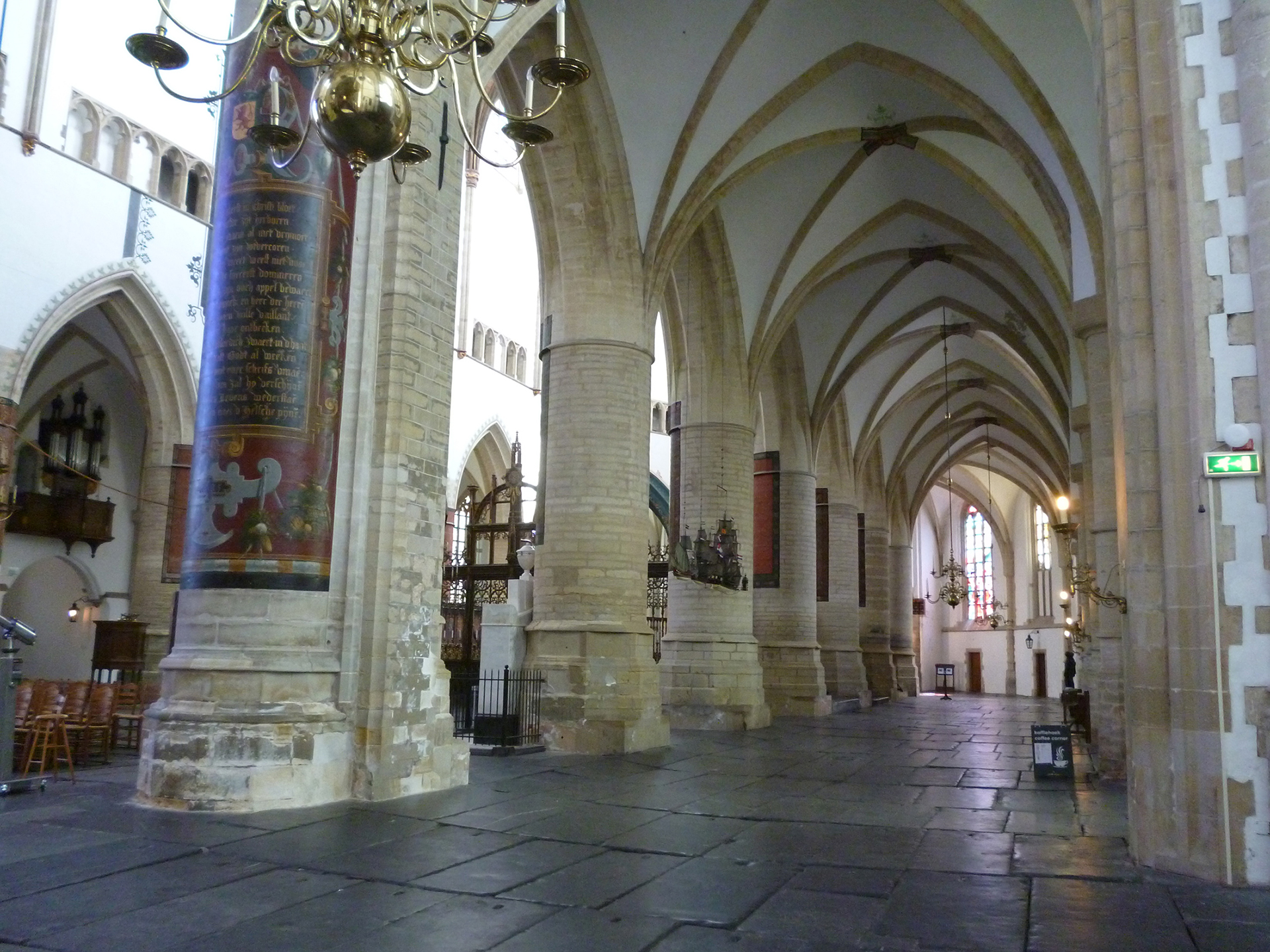EMERISDA
Effectiveness of Methods against Rising Damp in Buildings
Rising damp is a recurrent hazard to heritage buildings and its relevance is expected to increase in the future, due to climate changes. The wide and differentiated offer of products and methods against rising damp, together with the scarce and fragmented scientific information on their effectiveness, make it difficult (even) for the professionals working in the field to choose a suitable intervention on a sound basis.
The aims of the EMERISDA project are to come to a scientifically based evaluation of the effectiveness of different methods against rising damp and to a define a decision support tool for a conscious choice and application of these methods in the practice of conservation.
The co-operation between research institutes, conservation authorities and SMEs guarantees easy access to documentation on case studies, independent and scientifically based evaluation of interventions, and successful dissemination of results.

Facts
| Funder: | EU |
| Programme: | Joint Programming Initiative in Cultural Heritage and Global Change |
| Overall budget: | € 596.194 |
| Grant amount: | € 578.079 Contribution to TU Delft: € 50.000 |
| Role TU Delft: | Project partner |
| Project duration: | January 2014 - January 2017 |
| TU Delft researchers: | Dr. Barbara Lubelli MSc. Jan Bolhuis Prof.ir. Rob van Hees MSc. Linda Miedema |
Project partners
Belgian Building Research Institute, Cultural Heritage Agency, Institute of Atmospheric Sciences and Climate - Italian National Research Council, Universita’ Ca’ Foscari, Restauri Speciali (SME), Diasen (industry)